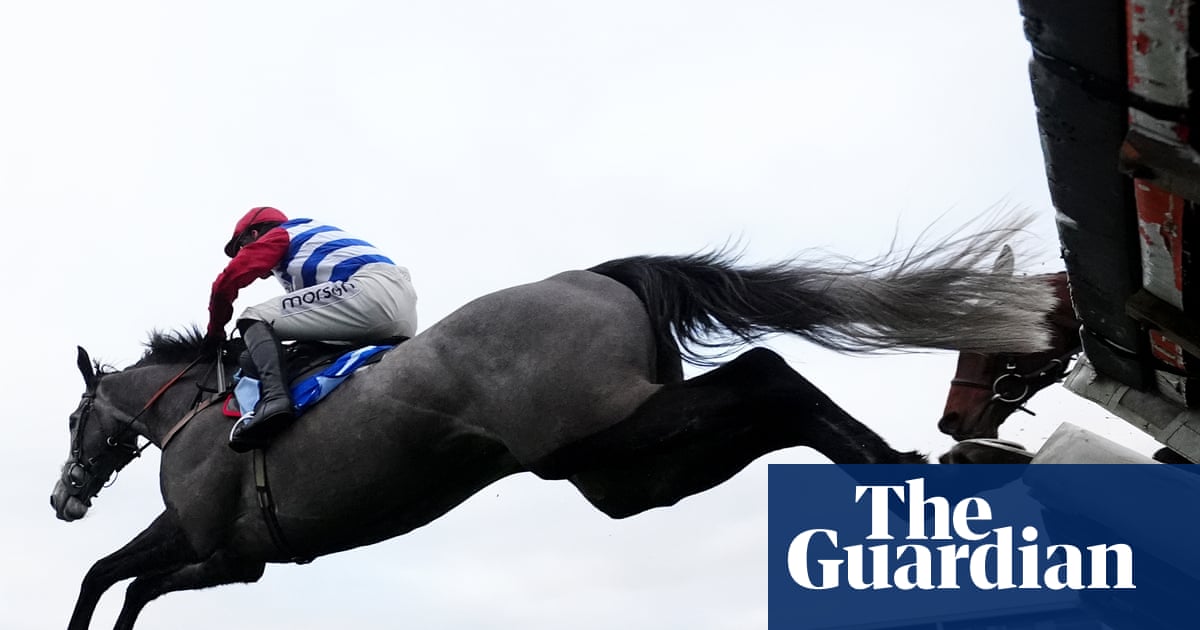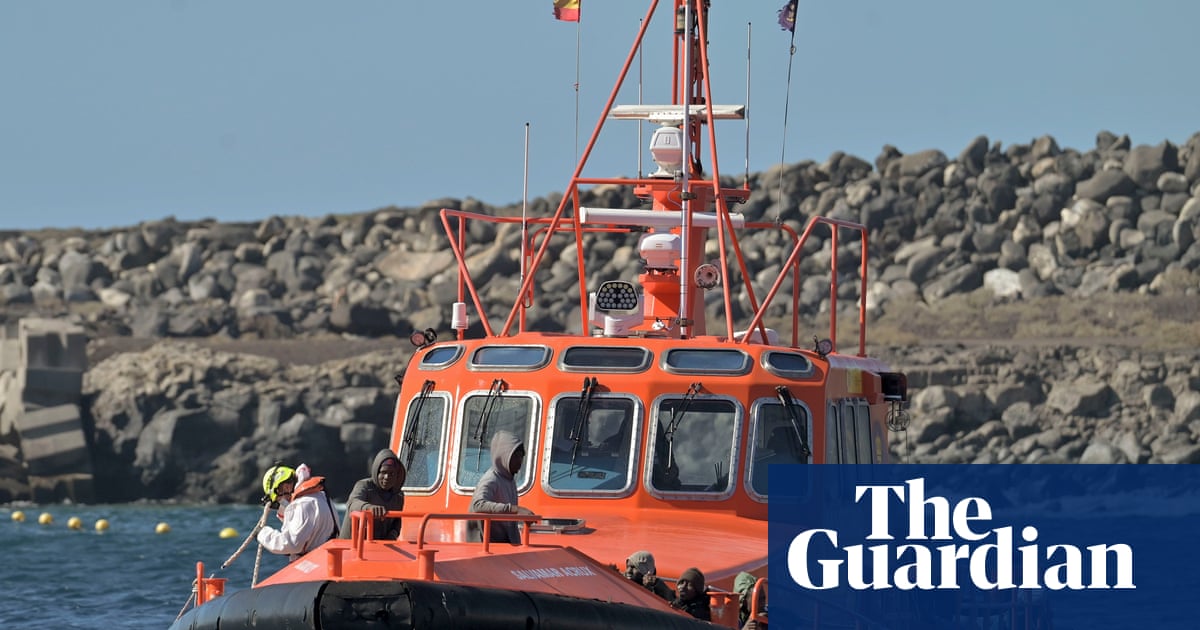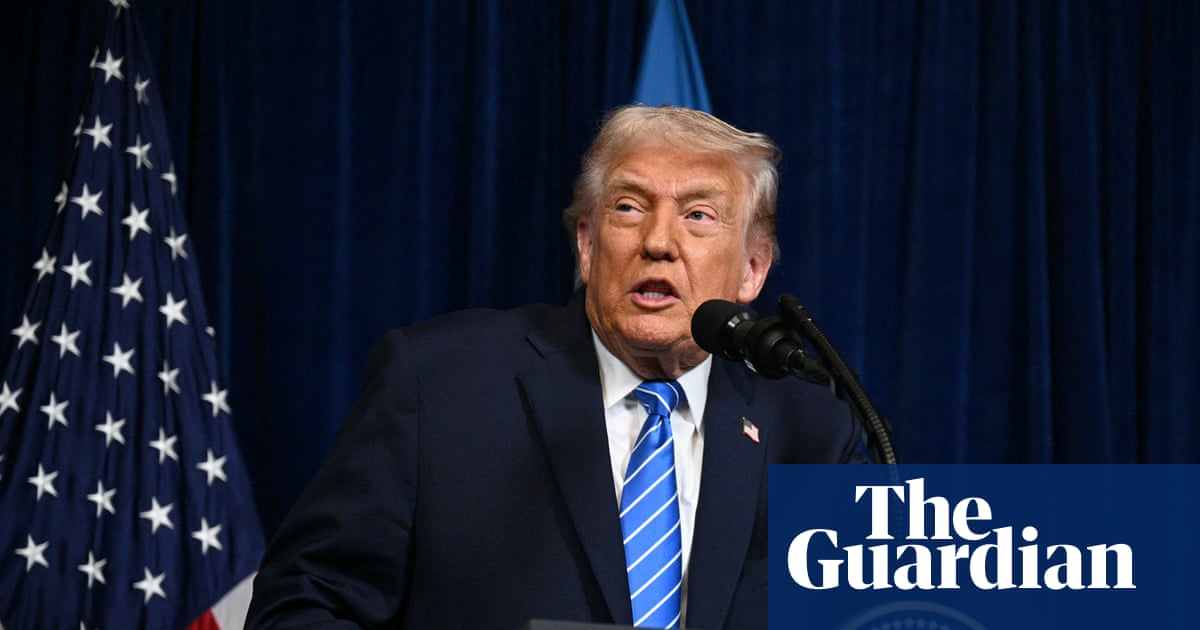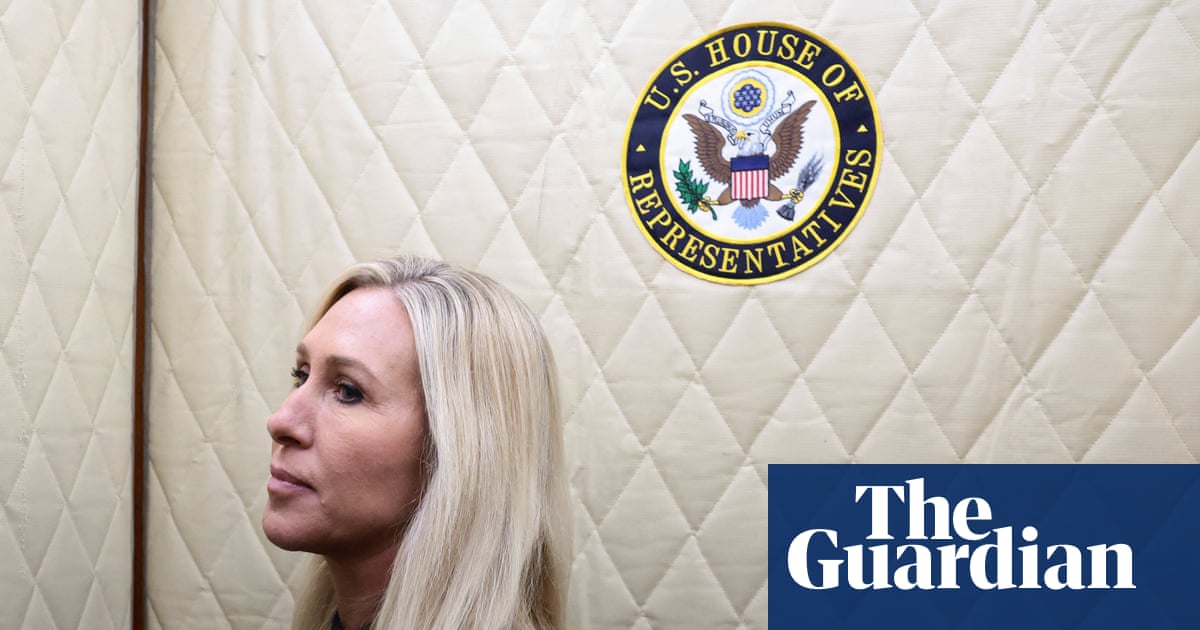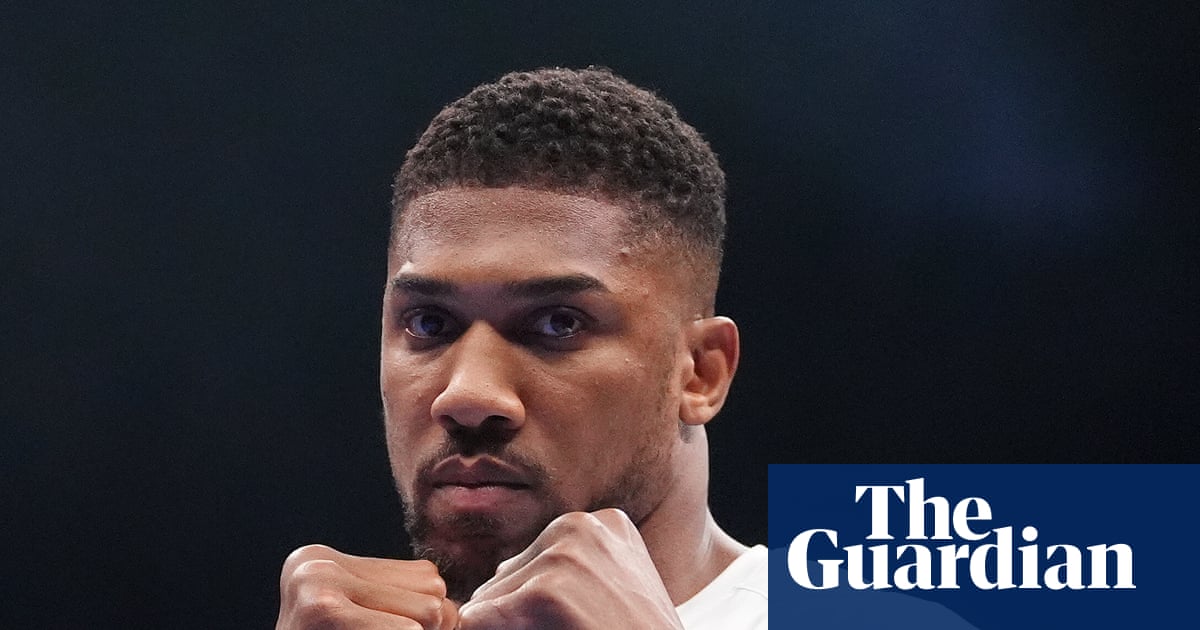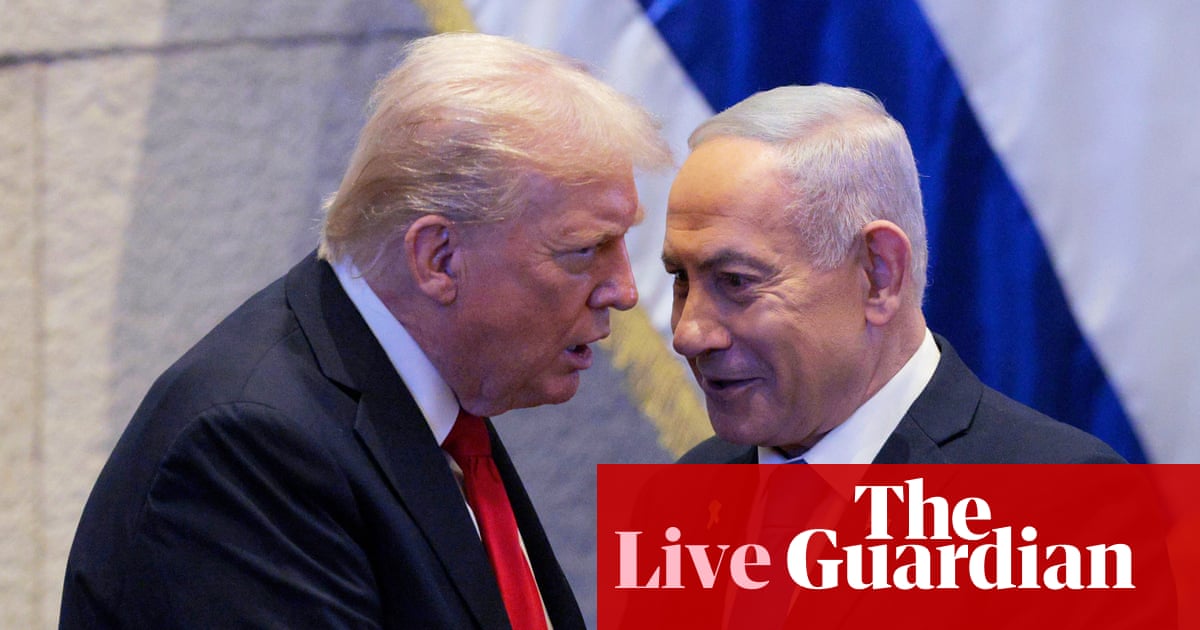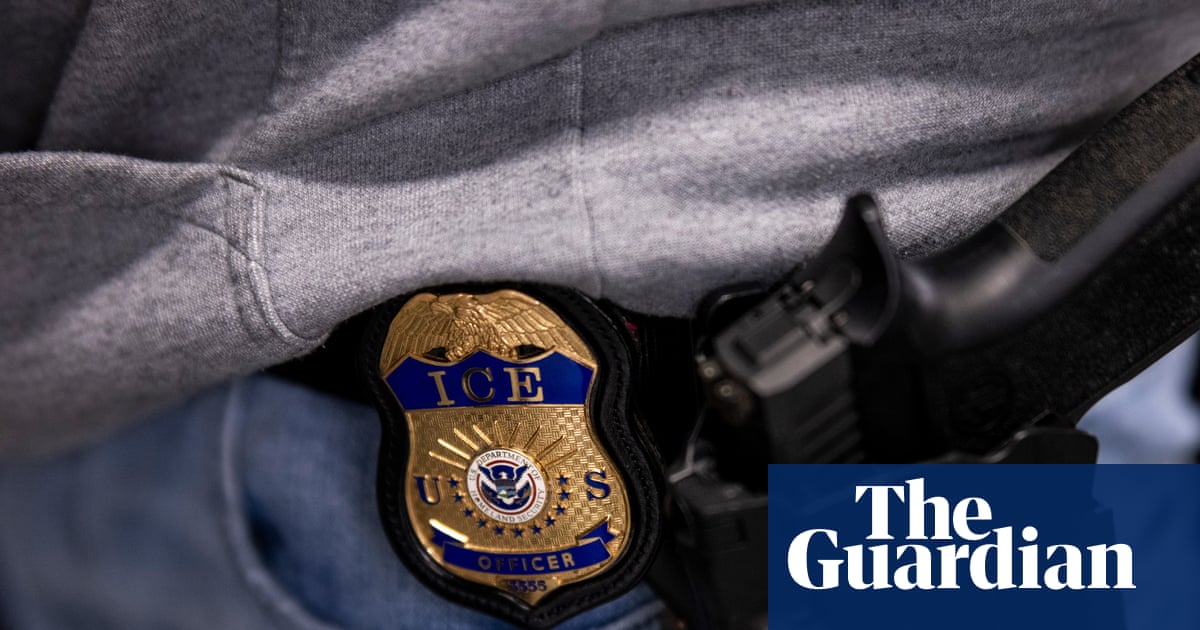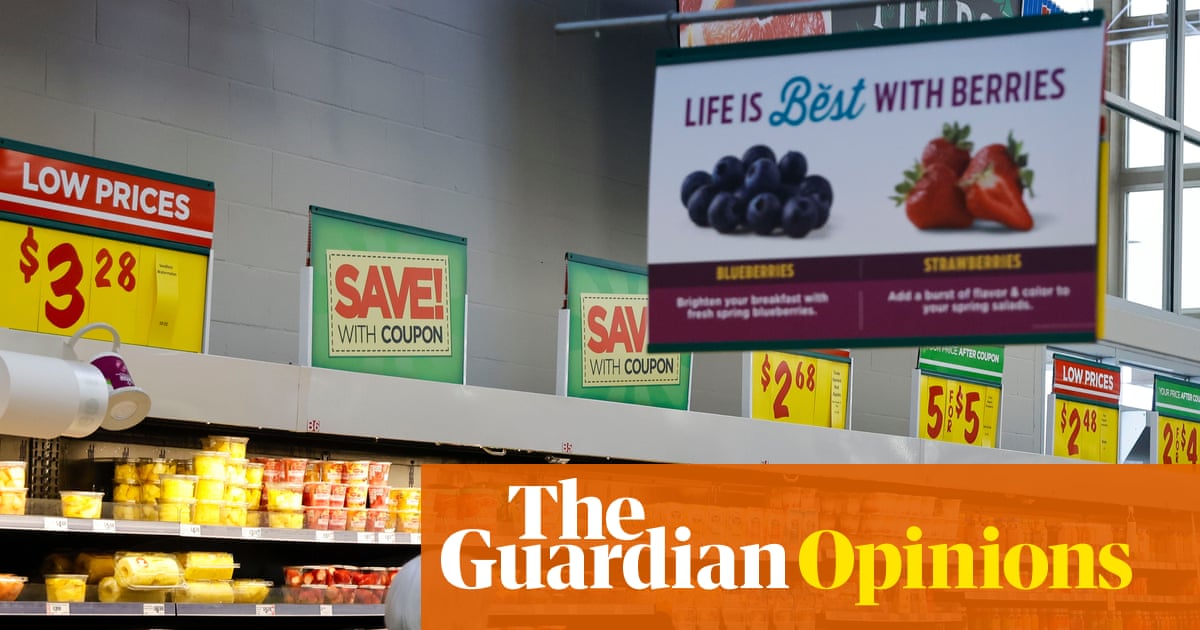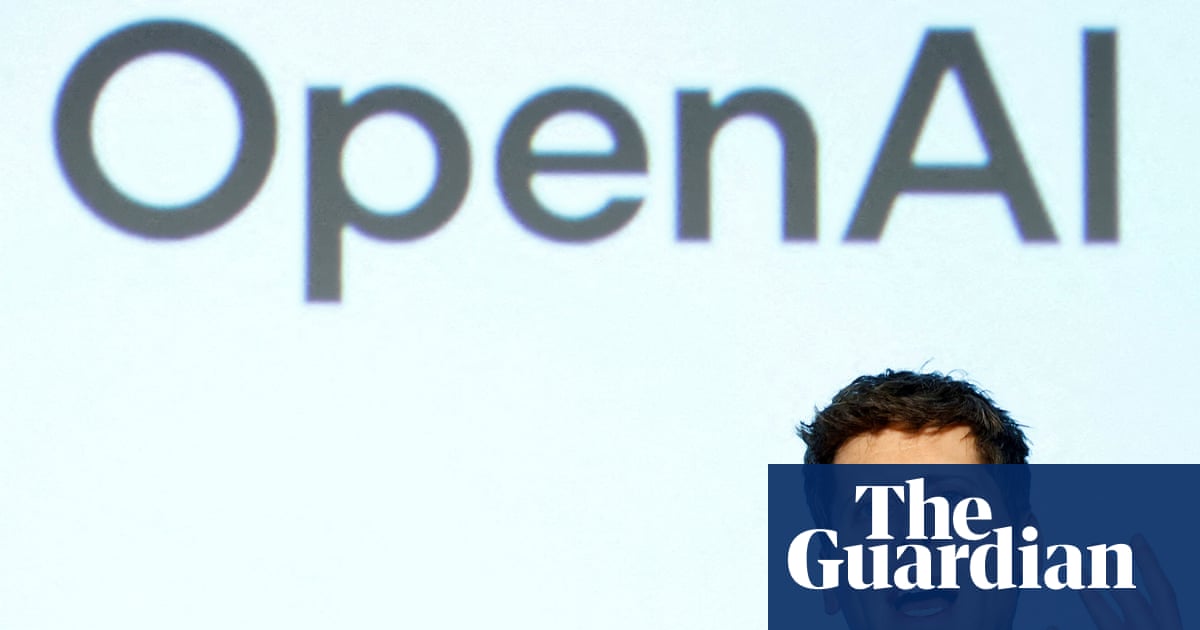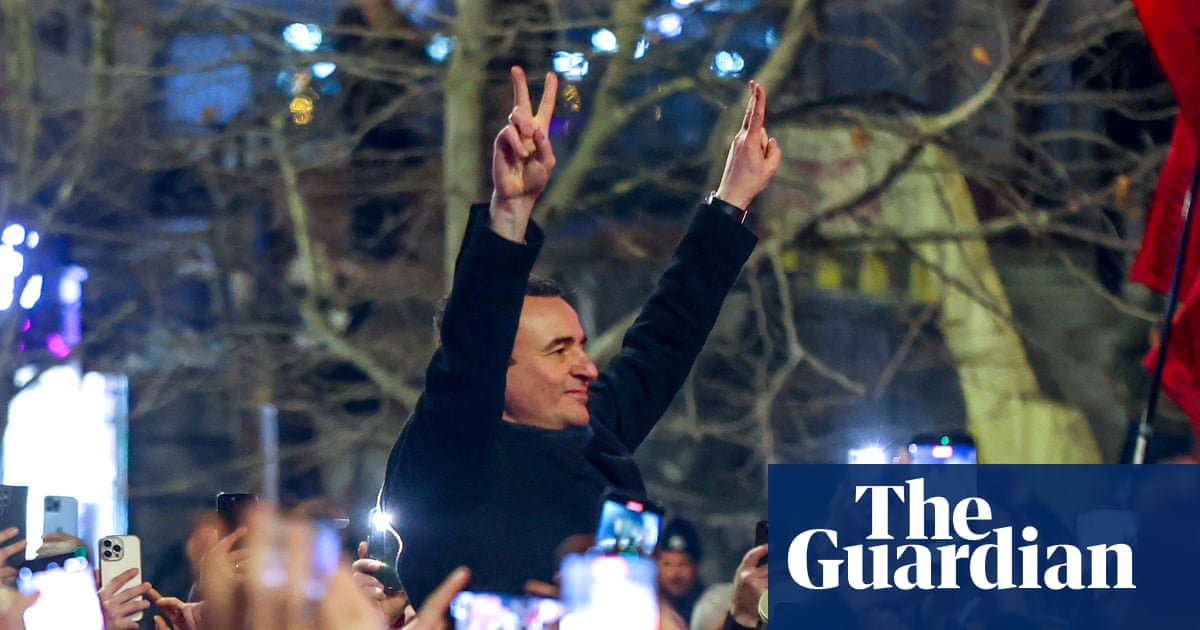Robert Redford, who died at the age of 89 on Tuesday, will rightly be remembered as one of Hollywood’s finest leading men, a true-blue movie star and assured actor who was, to quote my mother and surely many others, “very, very handsome”. His many iconic performances – in Butch Cassidy and the Sundance Kid, All the President’s Men, The Way We Were, The Sting and more – certainly left an indelible mark on American movies. But he should perhaps be remembered more for his work behind the camera, as the country’s greatest benefactor of independent cinema.
Through his Sundance film festival and non-profit institute, Redford lent his considerable star power and funds to American independent film, and created what is still its most secure and enduring pillar of support. He provided maverick, cutting-edge film-making with a freewheeling marketplace and crucial buzz, helping to launch the careers of a true who’s who of critically acclaimed directors across generations. With Sundance, Redford played the role of mentor, patron, champion of the small and scrappy, benevolent godfather of independent cinema. It’s through Sundance, rather than his films, that Redford became, as the Black List founder Franklin Leonard put it on X, “arguably the film industry’s most consequential American over the last fifty years”.
Redford founded the Sundance Institute, named after his character in the 1969 film, in 1981, as a means to support risk-taking voices outside the Hollywood studio system. The mission was loose, but grounded in the then 44-year-old actor’s real frustration with the movie business. “We started this with no rigid expectations,” Redford told the critic Roger Ebert at an early iteration of the film festival in 1981. “I have no idea what this will turn out to be. I know that it’s getting increasingly hard to get a movie well distributed in this country unless it has the potential to make millions of dollars.” As an alternative experiment, Redford invited 10 screenwriters to develop their low-budget scripts at a cabin in Utah’s Wasatch mountains, where the reclusive star had purchased land and made his home.
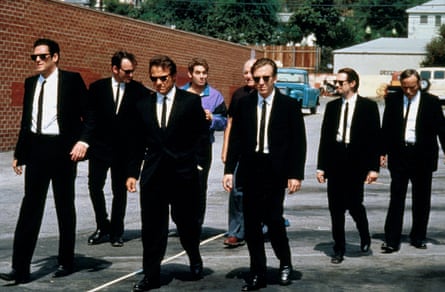
The tiny Sundance Institute grew into a small festival after Redford purchased the struggling Utah/US film festival in 1984. By 1989, when Steven Soderbergh’s Sex, Lies and Videotape premiered at what had become an annual January gathering in Park City, the Sundance film festival (as it was renamed in 1991) represented the creative vanguard. Some of the most influential and enduring films of the 1990s came out of the festival – Reservoir Dogs, Before Sunrise and The Blair Witch Project, as well as the documentaries Hoop Dreams and Paris Is Burning.
The festival has built a reputation as a pipeline of diverse talent; top directors such as Quentin Tarantino, Richard Linklater, Chloé Zhao, Ava DuVernay, Ryan Coogler, Nicole Holofcener, David O Russell, Darren Aronofsky, the Daniels and Celine Song have all been nurtured at some point in their early career by Sundance. In 2022, Coda, directed by Sian Heder with a $10m budget, became the first festival premiere to win the best picture Oscar. “Coda came to the attention of everyone because of Sundance,” its star Marlee Matlin posted on X. “And Sundance happened because of Robert Redford.”
Alongside its renegade narrative features, the festival has also become the go-to destination for hot-button documentaries, particularly those grappling with tough, timely subjects. The documentary streaming boom arguably began at the festival in 2017, when Netflix purchased Icarus, a film on the Russian doping scandal that went on to win the Oscar – Netflix’s first – for a then staggering sum of $5m. For several years after, the festival was a hot marketplace for documentaries large and small. Celebrities such as Taylor Swift, Brooke Shields and Michael J Fox debuted films about them in Utah; documentaries on such figures as Christopher Reeves, the Russian opposition leader Alexei Navalny and Hillary Clinton generated international headlines and commanded ever-larger sums. Though the market has cooled, the festival remains an incubator for pressing documentaries – this year saw films on Florida’s stand-your-ground laws, abysmal Alabama prisons and US book bans in schools – as well as awards. Institute-supported documentaries have won a total of 20 Oscars; all but one of last year’s best documentary nominees premiered at the festival.
With mainstream acclaim come major celebrities, and with celebrities come crowds, sponsors and influencers. Starting in the 2010s, the festival has been as synonymous with celebrities in trendy winter wear, long lines and pop-up brand houses as independent film. After years of logistical issues – what once drew a few hundred cinephiles to the mountains now courts upwards of 85,000 visitors every January – the festival announced earlier this year that it would relocate in 2027 to Boulder, Colorado.
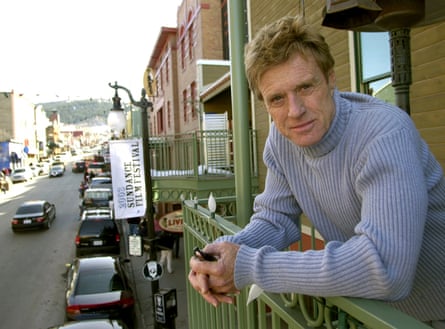
But the institute has remained true to Redford’s founding mission. According to Sundance, more than 11,000 early career artists have received support since its founding, in the form of grants, labs, intensive programs, mentorship and fellowships. I personally know film-makers and writers who have applied to the lab, considered the pinnacle of early-stage mentorship, an imprimatur of taste and trust. And since the establishment of its Native American and Indigenous program in 1994, the non-profit remains one of the pre-eminent supporters of Indigenous film talent too-long ignored by institutional Hollywood. The program’s grants, labs and community have helped launch the careers of Chris Eyre (whose film Smoke Signals premiered in 1998), Reservation Dogs’ Sterlin Harjo and Taika Waititi.
In his later years, Redford often groused about the mainstreaming of the festival to which he devoted nearly half his life; “I want the ambush marketers – the vodka brands and the gift-bag people and the Paris Hiltons – to go away forever,” he told a reporter during the 2012 festival. It is true that the festival is not the iconoclastic upstart it once was, and that the festival produces a few imitative “Sundance movies” – spare, underwritten dramas with beautiful vistas and natural light – every year. But the impact of Sundance – in time, in space, in mentorship, money and community – is incalculable to the landscape of American cinema. Redford’s goal, as he said in his 2002 honorary Oscar speech, was to “make sure the freedom of artistic expression is nurtured and kept alive”. With 40 years of stewardship at Sundance, Robert Redford has done more than most to ensure that it will.

 3 months ago
47
3 months ago
47


